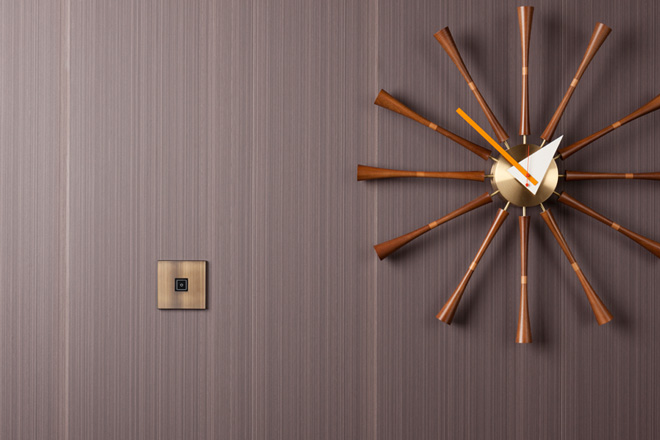Jason Ng, marketing communications specialist at MK Electric, explains why pairing light and style to achieve personality in design has increased in importance, and what this means for hotel architects and interior designers.
There has never been a better time to design for interiors. A review of statistics from Haskel and Pesole notes that businesses in the UK are investing up to £35b a year on design, and that design-intensive industries are employing up to 350,000 people with many more workers in design-related roles.
Paired with the upturn in spending on interiors is a growing trend to achieve personality in design; for example, a hotel which reflects the culture and style of its location through showcasing local artwork or carefully sourcing furniture and materials from nearby designers. Or a luxury apartment block which expresses its own unique characteristics through kitchen and flooring finishes and sense of community through carefully outfitting shared spaces such as gyms, foyers and hallways.
Developers already following this trend are reaping the benefits financially, according to property consultant, Knight Frank. An assessment of 26 branded residential developments in 2012 in 17 global locations revealed that, on average, branded developments attracted a premium of 31% compared to similar non-branded developments.
Hotel architects and designers are also talking about new luxury, which requires designs that create special feelings, experiences and memories for clients. This differs from old luxury, which was more about the products themselves and the expensive brands.
What this shift means for the electrical accessories sector, as for every element of a room’s design, is that it must have the ability to respond to the style and feel of each development. We now see ranges, such as MK’s new Elements Collection, which offer designers a palette of colours and textures.
Dimmers and sockets can now take on the appearance of stone, wood, leather or ceramics to complement or contrast with its surroundings. It’s this sort of attention to detail which high-end designers are looking for to create something which they can truly claim is unique.
Hand-in-hand with the designer’s quest to create something individual is the user’s expectation of the latest in technology, a demand experienced in both the luxury hotel and residential sectors. Specifiers are looking for functionality which is high-tech but also instinctive, such as touch technology for on-off switching and dimming functions.
These are exciting times for interior design, not only in the UK but globally, and electrical accessories play a small but important part. The first touch of a switch has the ability to set the tone for the room experience that follows.



